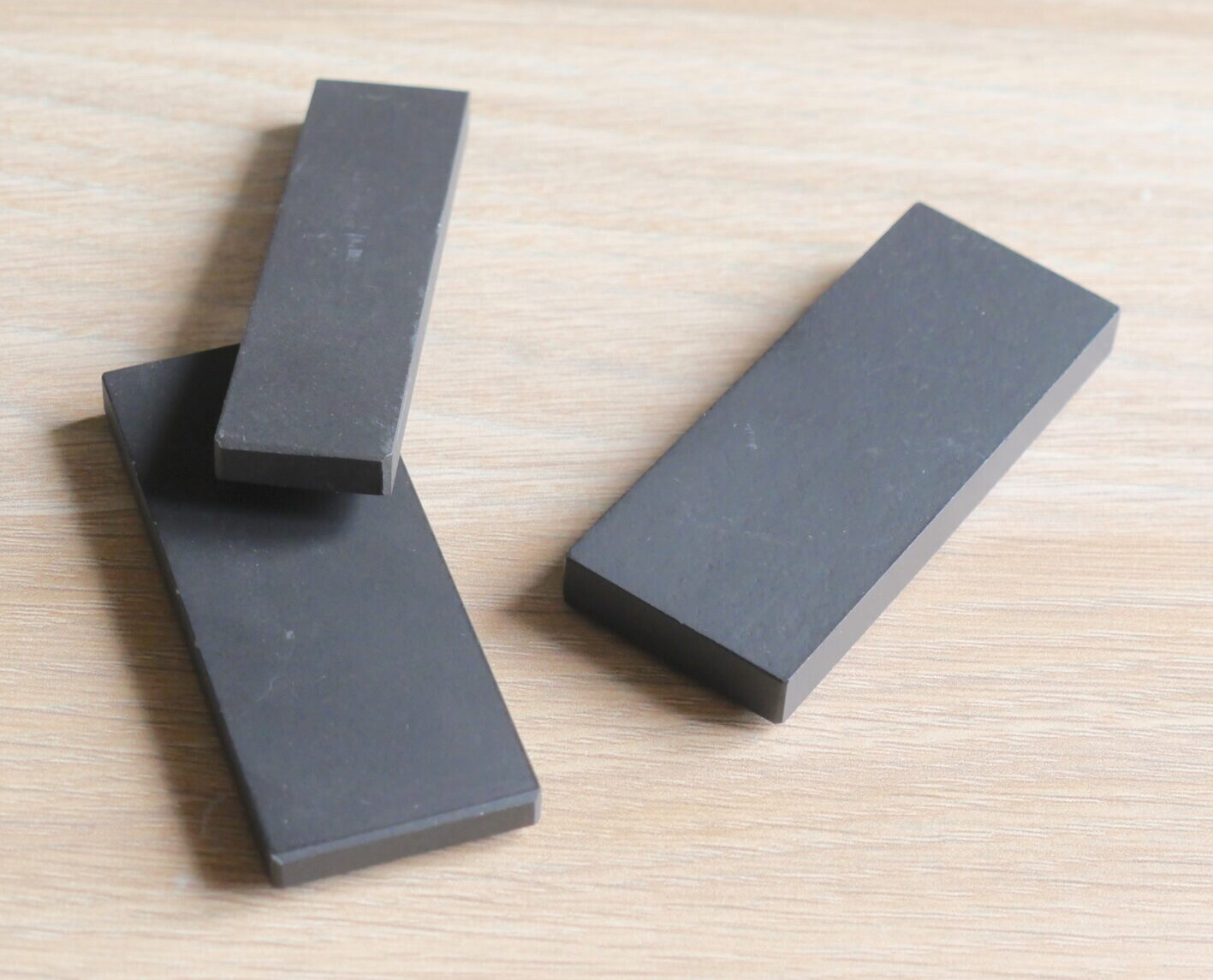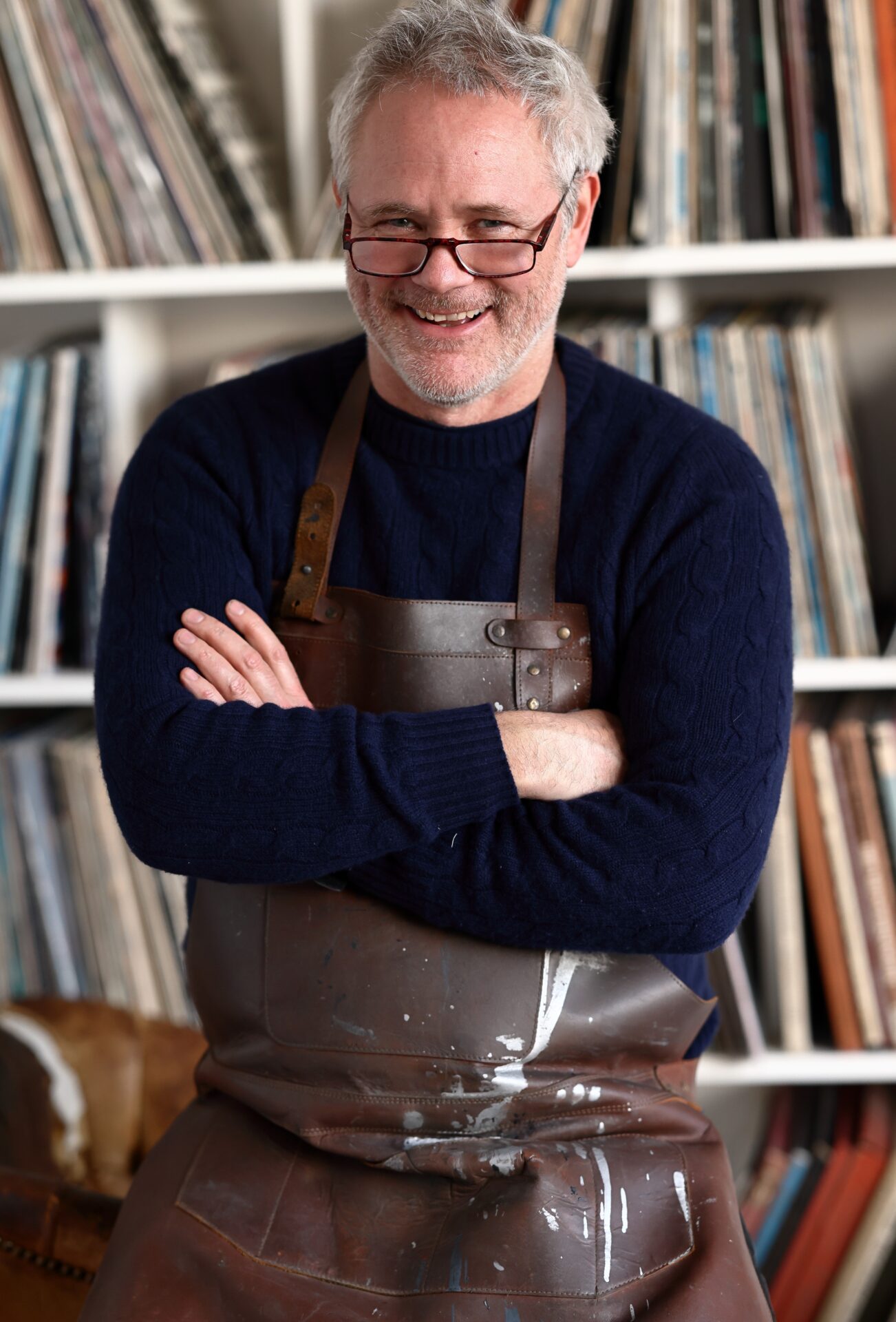
Supatrac suggest that the Farpoint revisions and other changes have produced a subtle lift in performance, to go with the practical benefits. I haven’t got a Farpoint pillar and haven’t done an A/B comparison of the two, so I can’t comment on that. What I can say is that the operational benefits of having the proper VTA screw and heavier counterweight are both welcome and far from subtle, while the new sliding saddle for adjusting effective mass looks significantly better, is easier and more precise to move and being lighter and thus less sensitive to tiny movements, far easier to adjust.
The SupaTrac Blackbird goes from strength to strength which, given how goood it was to start with, is praise indeed. Just how far it can go (and in which direction) remains to be seen, but those serious about maximising the performance of their record player would be wise to pay attention…
t. +44(0)77 04 50 20 20
n. supatrac.com
The Origin Of Species…
Talking evolution with Richard Braine of SupaTrac
The SupaTrac Blackbird’s rise has been astonishingly rapid. Despite its comparatively modest price, it has garnered considerable attention, no little praise and has started to find its way onto some surprisingly expensive record decks. You don’t achieve that without offering something that’s both different and better than the accepted norm. Indeed, one look at the Blackbird tells you that this is no ‘normal’ tonearm. The more you examine it, the more ‘different’ you realise that it really is. But how does such a step-change in thinking occur? Richard Braine, the man behind SupaTrac tells the story. If you thought that the long (and honourable) history of kitchen table audio product development and hobbyist designers was long gone, then think again…
RG – What’s your background? The SupaTrac arm is a pure engineering project, so what in your background led you to this point?
RB – I think there are two strands to this. The first is that, as a teenager, I started to get interested in hi-fi. Like any teenager in the ‘80s I wanted to have a cool system and play some loud tunes. Back then it was all about having a few drinks, meeting girls and playing music. At 15, my grandmother dies and I inherited £300. I went straight to a hi-fi shop and bought myself a used Linn Sondek, which quickly became my prized possession. Originally that had a Basik arm. Then I got an Ittok and later an Ekos – so I was always a bit of a nerd. I still have an Ekos 2 to this day and it’s still a good arm. I’ve listened to it on my Technics and on my Garrard – it performs really well.

The other thing is that I did Physics at University. In fact, I did a year of Engineering at university and then dropped out, before going on to do Physics and Philosophy. I struggled a bit with Engineering: not the material but the emphasis. I’ll give you one example…

